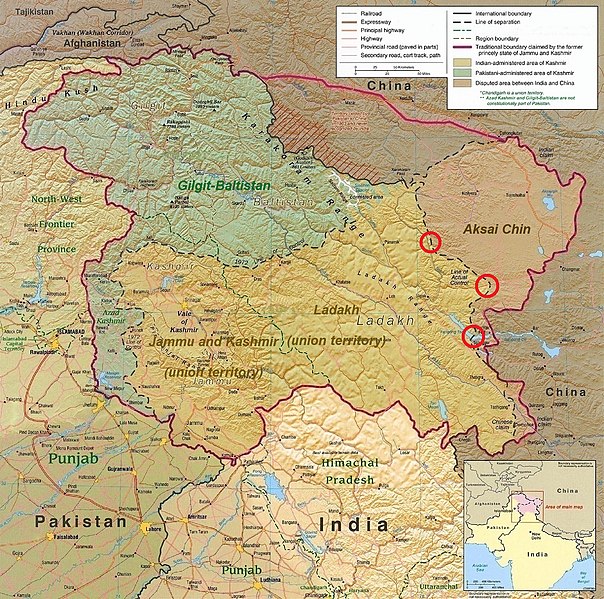Talks between India and China over the disputed border region in the Himalayas have broken down, with each side blaming the other for the failed negotiations.
Tensions have been high between the two powers along the Line of Actual Control (LAC), which separates Indian-controlled territory from Chinese-controlled territory. In 2020, Chinese and Indian troops fought several skirmishes along the LAC, including one in June 2020 that turned deadly.
The failed talks mean that India and China will continue to have troops forwardly deployed in Ladakh, where the skirmishes took place. China has blamed the failure on what it called “unreasonable demands” from India.
“The Chinese side has made great efforts and fully demonstrated its sincerity to promote the de-escalation of the border situation,” said Long Shaohua, a spokesman for China’s Western Theater Command. “But the Indian side still insists on unreasonable and unrealistic demands, making the negotiations more difficult.”
India rejected the Chinese claim and said it made “constructive suggestions” but that the Chinese were “not agreeable” and “could not provide any forward-looking proposals.”
Before the talks concluded, India’s army chief said China is building up troops on its side of the disputed border and building infrastructure. “So, it means that they are there to stay. We are keeping a close watch on all these developments, but if they are there to stay, we are there to stay, too,” said Gen. M.M. Naravane.
Since the deadly June 2020 skirmish, the US has stepped up military cooperation with India, including a new military pact that shares more satellite data with New Delhi. With this increased intelligence sharing, India can keep a better eye on Chinese troops.



